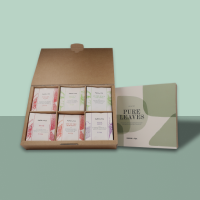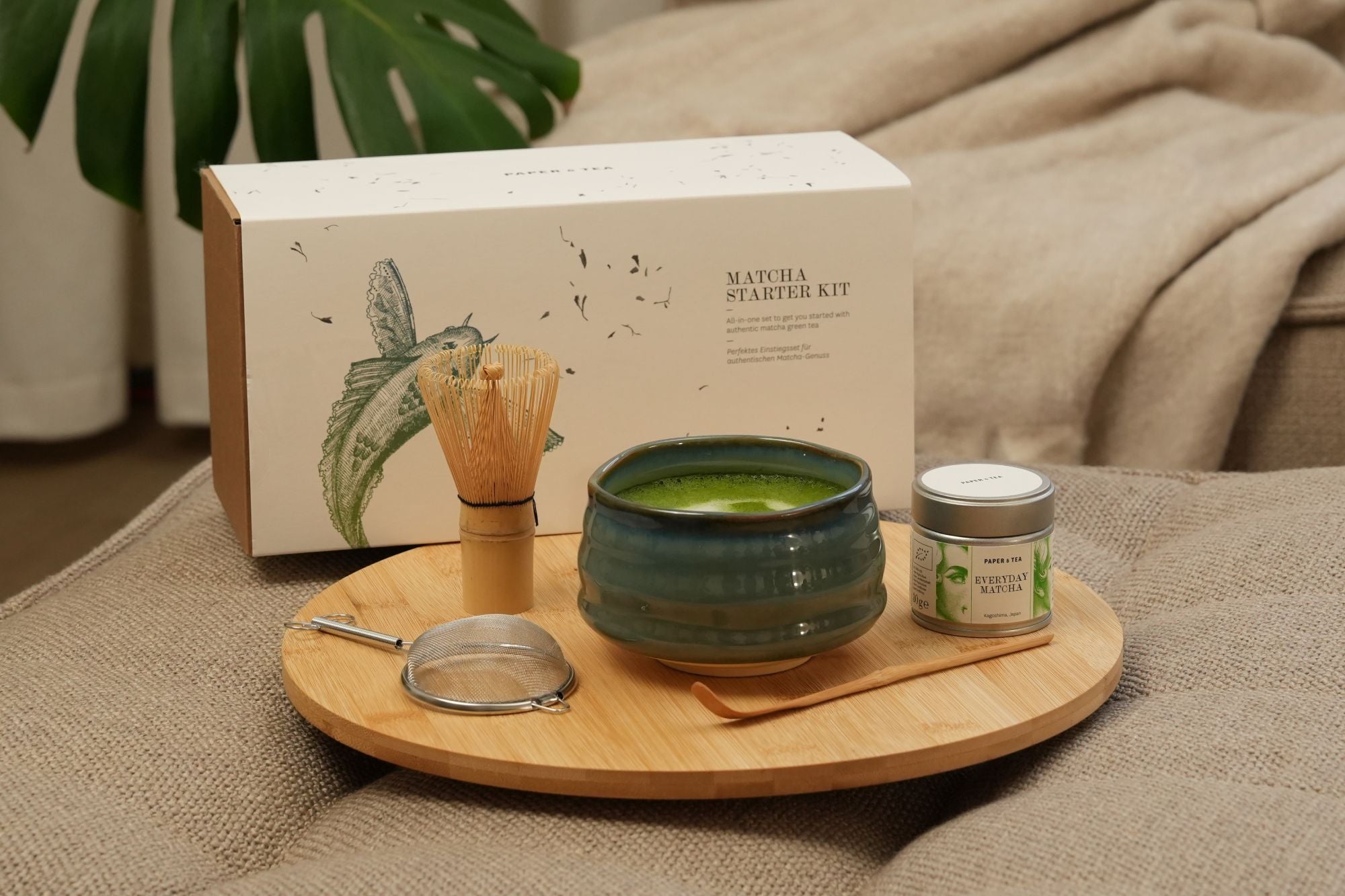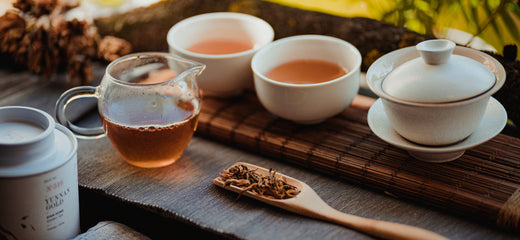Description
For the production of Lapsang Souchong, the larger, mature leaves located lower on the tea plant are harvested because they are more mature than the fresh shoots. The leaves first undergo a withering process, which can be done outdoors or indoors, depending on the weather conditions. Next, the tea leaves get rolled to break down their cell walls, which promotes oxidation. For Lapsang Souchong, the leaves undergo full oxidation, resulting in a dark black color and an intense, rich aroma. The process then moves to the distinctive smoking stage, where the leaves get placed over pinewood fires using bamboo mats, special racks, or similar techniques to develop their unique flavors. This smoking process, which can last from several hours to an entire day, requires the tea to be regularly turned to ensure even exposure to smoke. Lapsang Souchong is a polarizing tea. Its bold flavor, characterized by smoky and spicy notes, is cherished by some but may be too intense for others. For optimal preparation, the water should be about 95°C, and the steeping time should be 3 to 5 minutes. Besides being enjoyed as a beverage, Lapsang Souchong can also be used as an ingredient in various dishes. It can add a smoky flavor to vegetarian and vegan recipes reminiscent of smoked meat.
History of Lapsang Souchong
Lapsang Souchong is considered one of the world's oldest black teas. The method of smoking the tea leaves originated from the need to speed up the drying process in order to bring the tea to market more quickly. The term "Zheng Shan" refers to the origin of Lapsang Souchong in the Wuyi Mountains of China's Fujian province. This region is a UNESCO World Heritage site known for its exceptional tea-growing areas. "Zheng Shan," meaning "original mountain," indicates that the tea comes from one of the authentic growing regions within the Wuyi Mountains. Renowned for its unique geography and special microclimate, this area is ideal for producing high-quality tea. The steep slopes and often misty conditions of the Wuyi Mountains contribute to the outstanding quality and distinctive flavor of the teas crafted there. Lapsang Souchong from this region is highly prized, as the terroir of the Wuyi Mountains plays a vital role in its complex flavor.
Fascinating Facts
Several intriguing myths surround the origins and unique production method of Lapsang Souchong: One of the most famous stories suggests that the smoking method was discovered by accident. It is said that during the Qing dynasty, soldiers passing through a tea village in the Wuyi Mountains temporarily took over the drying facilities for their own purposes. This forced the tea farmers to interrupt the drying process of their tea leaves. To save their valuable harvest, they resorted to using pine fires to dry the tea quickly. They discovered that the tea had developed a smoky aroma, which was surprisingly well-received by traders. Whether or not this tale is true, Lapsang Souchong remains an impressive example of innovation in tea processing.



























